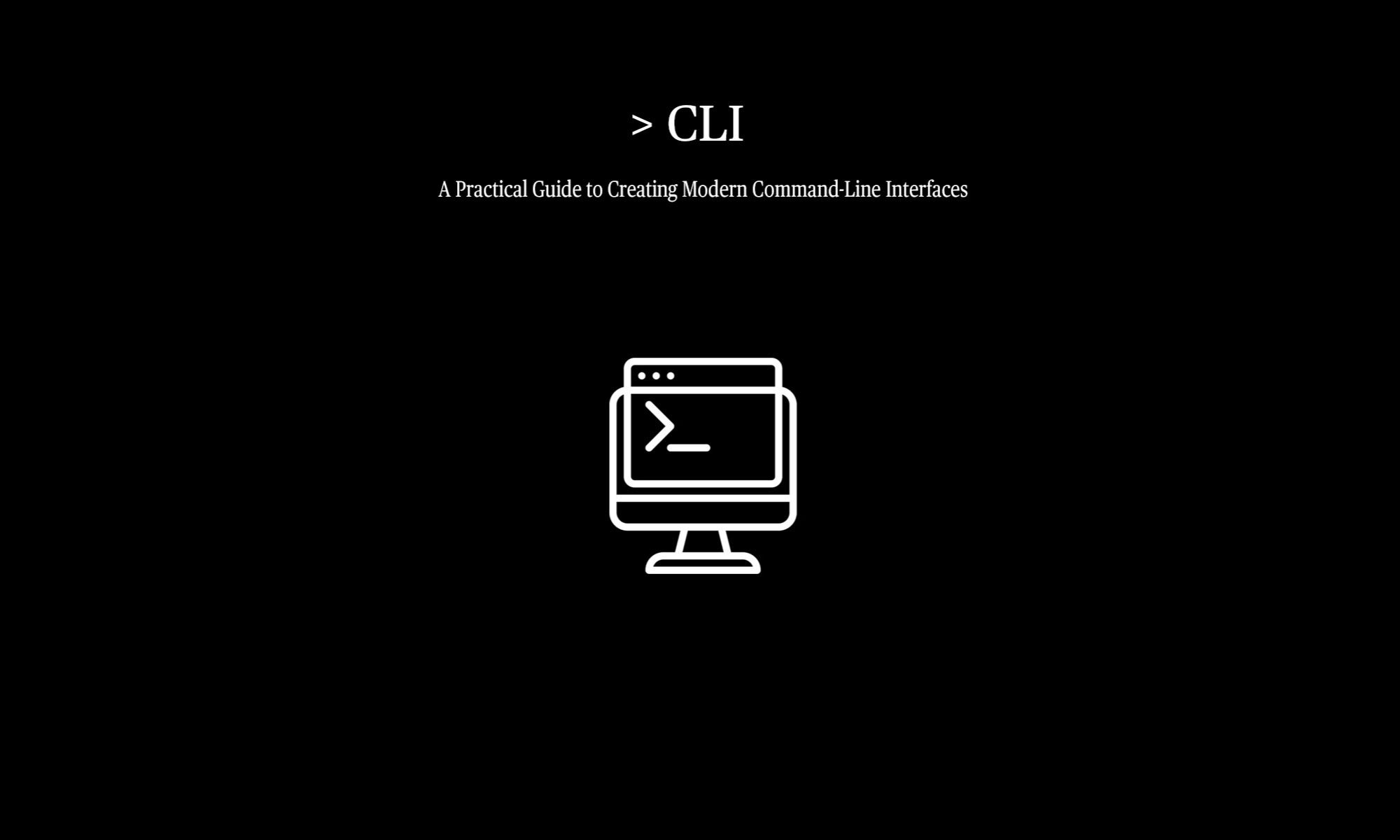All source code examples featured on this website and in the book CLI: A Practical Guide to Creating Modern Command-Line Interfaces are provided under the terms of the MIT License. This permissive license allows developers to freely use, modify, distribute, and integrate the examples into their own projects—including both commercial and open-source work—with minimal restriction. The intent is to make learning and applying the material as accessible and practical as possible for developers of all levels.
The MIT License applies only to the code snippets explicitly published in the book or on this website. These include illustrative examples in languages like Go, as well as full CLI programs referenced throughout the text and available for download. This license does not extend to the source code that powers this website, nor does it apply to internal or exploratory tooling, test harnesses, or experimental code used in the development and editorial process behind the book. Any such material not explicitly published should be considered proprietary and excluded from public reuse.
If you’re unsure whether a specific snippet or file falls under the MIT-licensed content, a good rule of thumb is this: if it’s included directly in the book or posted in the examples section of this website, it’s freely reusable under the terms of the MIT License. Everything else—such as website backend logic, layout code, and unpublished tooling—remains the intellectual property of the author or respective contributors.
The MIT License terms are summarized below, and a full copy is available here:
Permission is hereby granted, free of charge, to any person obtaining a copy of this software and associated documentation files (the “Software”), to deal in the Software without restriction…
By design, the licensing is intended to promote learning, experimentation, and contribution to the wider CLI development ecosystem. If you build something great using these examples, feel free to share it—and pay it forward.
